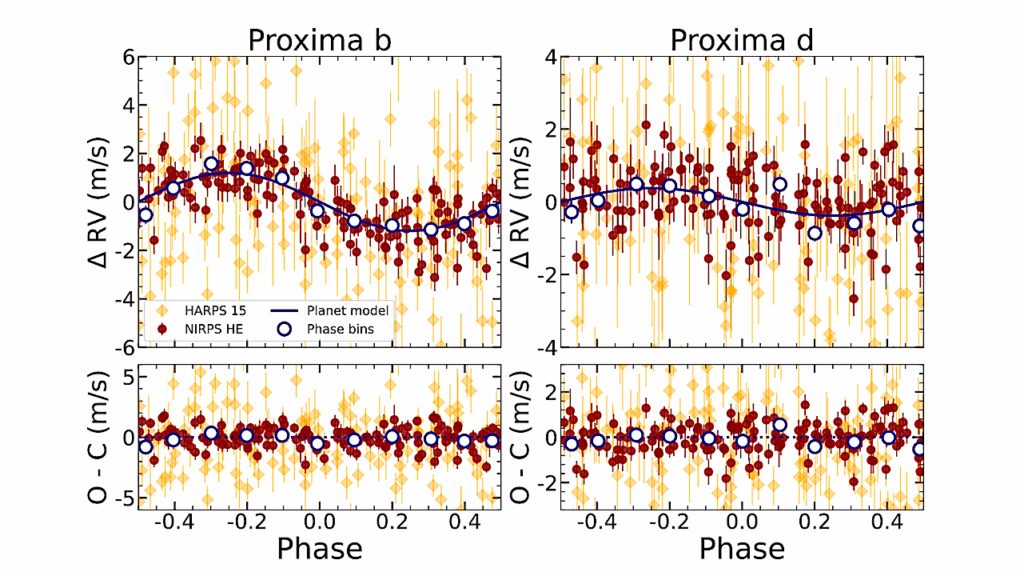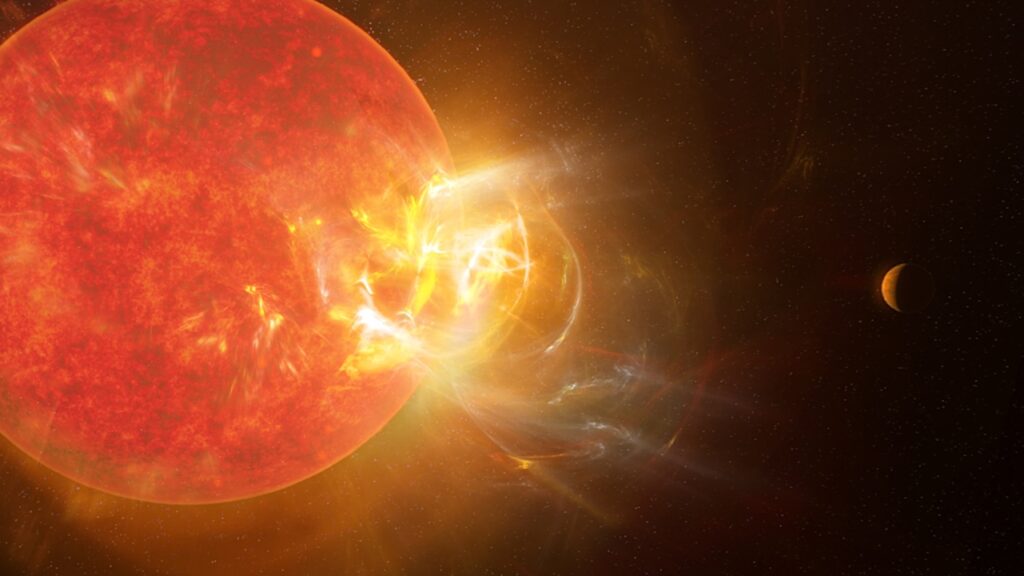Detectability of Artificial Lights from Proxima b

We investigate the possibility of detecting artificial lights from Proxima b’s dark side by computing light curves from the planet and its host star.
The two different scenarios we consider are artificial illumination with the same spectrum as commonly used LEDs on Earth, and a narrower spectrum which leads to the same proportion of light as the total artificial illumination on Earth.
We find that the James Webb Space Telescope (JWST) will be able to detect LED type artificial lights making up 5% of stellar power with 85% confidence, assuming photon-limited precision. In order for JWST to detect the current level of artificial illumination on Earth, the spectral band must be 10^3 times narrower.
Our predictions require optimal performance from the NIRSpec instrument, and even if not possible with JWST, future observatories like LUVOIR might be able to detect this artificial illumination.
Elisa Tabor, Abraham Loeb
Comments: 4 pages, 3 figures
Subjects: Earth and Planetary Astrophysics (astro-ph.EP); Instrumentation and Methods for Astrophysics (astro-ph.IM); Popular Physics (physics.pop-ph)
Cite as: arXiv:2105.08081 [astro-ph.EP] (or arXiv:2105.08081v1 [astro-ph.EP] for this version)
Submission history
From: Elisa Tabor
[v1] Mon, 17 May 2021 18:00:10 UTC (984 KB)
https://arxiv.org/abs/2105.08081
Astrobiology,








